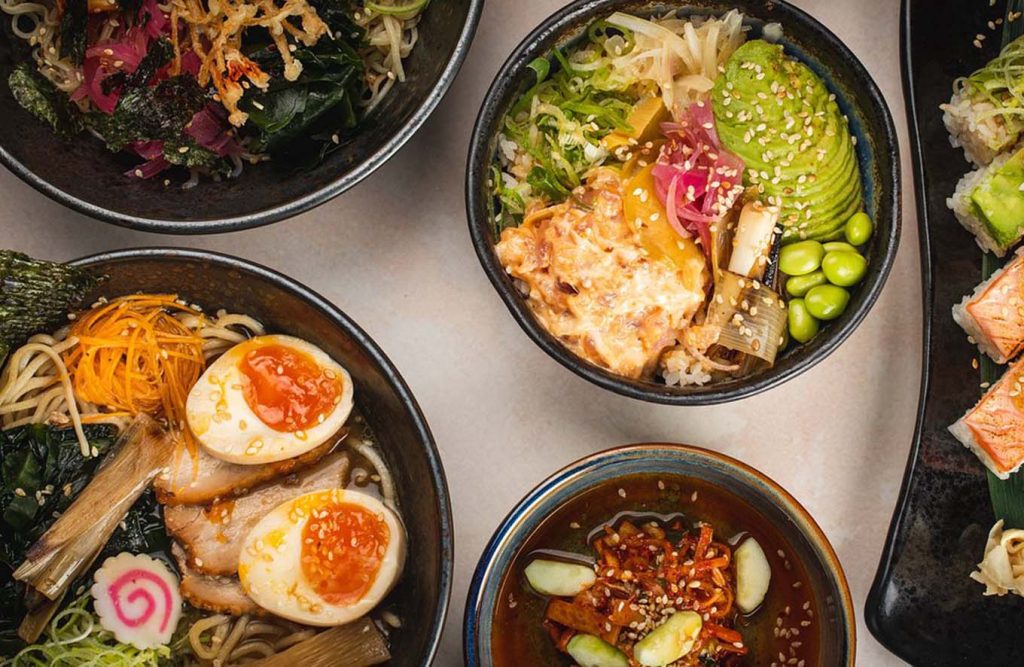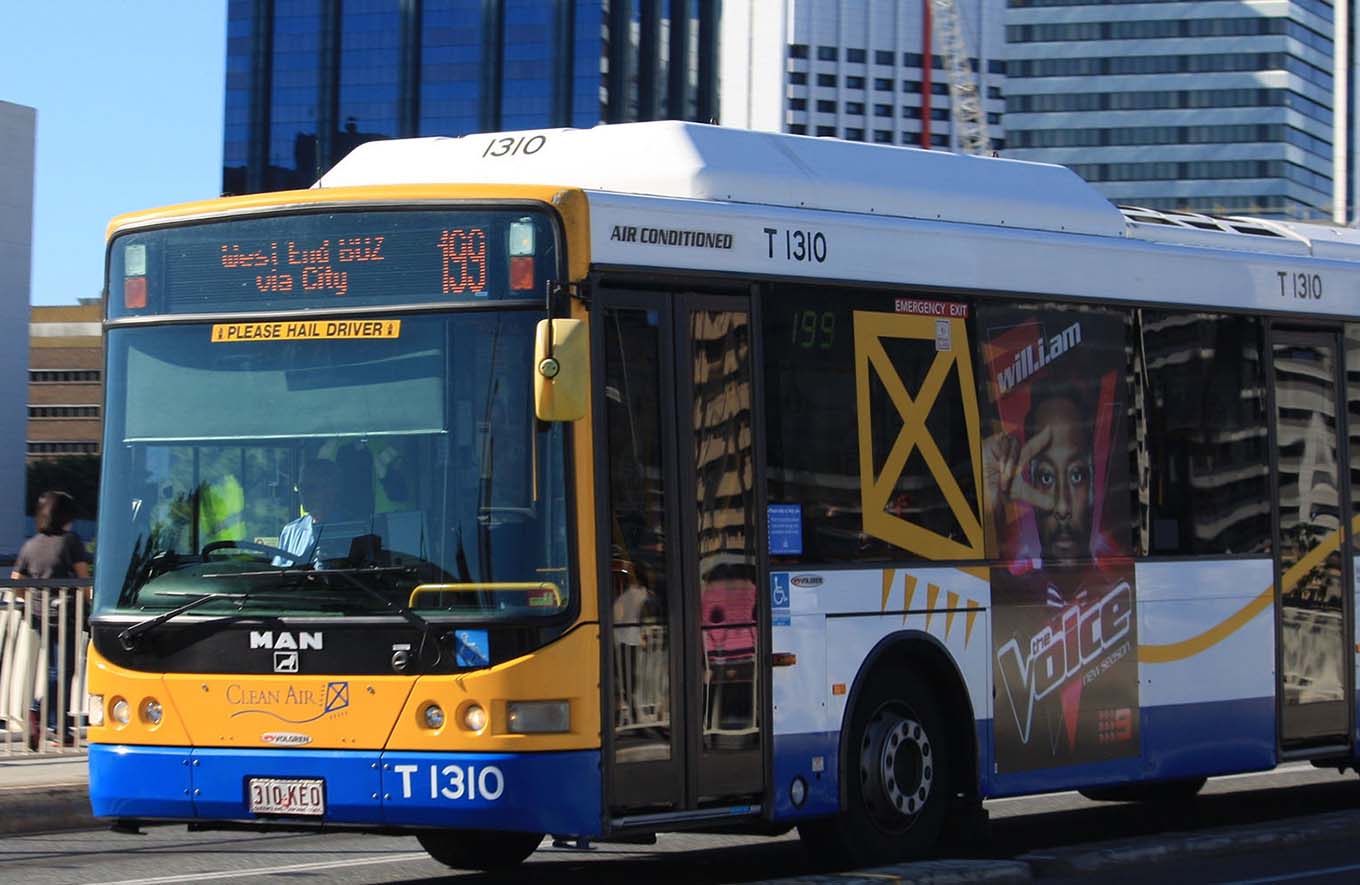Queensland, Australia’s Sunshine State, is a diverse destination brimming with stunning landscapes, vibrant cities, and unique cultural experiences. From the Great Barrier Reef to the vibrant city of Brisbane, Queensland offers something for every traveler. In this guide, I’ll share my personal experiences and tips to help you make the most of your visit to this beautiful state.
Travel Gear and Suitable Attire
When preparing for a trip to Queensland, packing wisely is key to fully enjoying your adventure. The climate varies between regions, so a well-thought-out packing list is essential.
Travel Gear
- Comfortable Footwear: Queensland’s attractions often require a fair amount of walking, so comfortable shoes are a must. For city exploration and casual activities, a pair of sturdy walking shoes or sneakers will do. If you plan on visiting the Great Barrier Reef or any water-based activities, water shoes are a good idea.
- Sun Protection: The Queensland sun can be intense, so pack a wide-brimmed hat, sunglasses, and high-SPF sunscreen. I found that even on cloudy days, the sun’s rays were strong, so daily application of sunscreen was necessary.
- Lightweight Clothing: Due to Queensland’s generally warm climate, lightweight, breathable clothing is ideal. Think loose-fitting shirts, shorts, and sundresses. If you’re traveling to the northern parts, such as Cairns, it can get quite humid, so moisture-wicking fabrics are beneficial.
- Rain Gear: Queensland experiences sudden rain showers, especially in the summer. A compact, waterproof jacket or poncho is handy. I encountered a few unexpected downpours, and having rain gear readily available kept me comfortable.
- Swimwear: If you plan to enjoy Queensland’s beaches or pool areas, don’t forget to pack swimwear. A rash guard is also a good idea for sun protection while swimming.
Currency Exchange
Australian dollars (AUD) are the local currency. Currency exchange services are available at airports, major banks, and various exchange bureaus throughout Queensland. To avoid excessive fees, I recommend using a credit card with no foreign transaction fees for most purchases. Cash can be useful for small vendors and local markets. ATMs are widely accessible, but it’s always a good idea to have some cash on hand for emergencies.

Obtaining a Local SIM Card
Staying connected while traveling is important. In Queensland, local SIM cards can be easily purchased at airports, convenience stores, and telecommunications retailers. I opted for a SIM card from Telstra, one of the major carriers, as they offer good coverage across Queensland.
Upon arrival, I visited a Telstra store at Brisbane Airport where I purchased a prepaid SIM card. The process was quick and straightforward, and I was up and running with a local number and data plan in no time. Make sure to check if your phone is unlocked before purchasing a local SIM card, as some phones are locked to specific carriers.
Local Etiquette and Cultural Sensitivity
Queensland is known for its friendly and laid-back culture, but it’s always important to be mindful of local customs and etiquette. Here are some key points I learned during my visit:
1. Greetings and Communication
- Casual Greetings: Australians are generally informal in their interactions. A simple “G’day” or “Hello” is often sufficient. When meeting someone, a handshake is common, though not always necessary.
- Politeness: Punctuality is valued, and it’s polite to thank people for their help or services. Australians appreciate friendliness and directness.
2. Beach Etiquette
- Swimwear: While swimwear is appropriate at the beach, it’s considered rude to wear it away from the beach or pool areas. Make sure to cover up with casual clothing when not swimming.
- Beach Safety: Pay attention to local beach safety signs and lifeguard advice. Queensland’s beaches can have strong currents and marine stingers, so it’s important to follow safety guidelines.
3. Wildlife Respect
- Keeping Distance: Queensland is home to diverse wildlife, including potentially dangerous species like crocodiles and jellyfish. Always observe wildlife from a safe distance and follow local advice.
- Feeding Animals: It’s generally discouraged to feed wild animals, as it can disrupt their natural behavior and diet.
Personal Experiences with Etiquette
During my stay, I had the pleasure of interacting with many locals who were always welcoming and helpful. One notable experience was at a local café in Brisbane where I struck up a conversation with the barista. I was pleasantly surprised by how open and friendly they were, sharing recommendations for local spots and even offering a complimentary dessert.
However, I did encounter a situation where I accidentally wandered onto a restricted area at a beach. A lifeguard kindly redirected me and explained the importance of following safety guidelines, which I appreciated.
Recommended Attractions in Queensland
Queensland is packed with incredible sights and experiences. Here are four must-visit attractions that I thoroughly enjoyed:
1. Great Barrier Reef
Location: Cairns or Port Douglas
Getting There: Most visitors access the reef via a boat tour from Cairns or Port Douglas. I took a day trip from Cairns, which included a scenic boat ride and snorkeling opportunities.

Highlights:
- Snorkeling and Diving: Explore vibrant coral reefs and diverse marine life.
- Scenic Flights: Consider taking a helicopter tour for breathtaking aerial views of the reef.
Tips:
- Booking: Book tours in advance, especially during peak season.
- Protection: Use reef-safe sunscreen and follow environmental guidelines to protect the delicate ecosystem.
2. Daintree Rainforest
Location: North of Cairns
Getting There: Accessible by car or guided tour from Cairns. The drive takes you through scenic landscapes, culminating in the ancient Daintree Rainforest.
Highlights:
- Guided Walks: Join a guided tour to learn about the rainforest’s unique flora and fauna.
- Canoeing: Enjoy a canoe ride on the Daintree River to spot wildlife.
Tips:
- Weather: Dress in light, breathable clothing and bring insect repellent.
- Tours: Consider a full-day tour to fully experience the rainforest’s wonders.
3. Brisbane’s South Bank
Location: Brisbane
Getting There: Easily accessible by public transport or a short walk from Brisbane’s city center.
Highlights:
- South Bank Parklands: Enjoy gardens, lagoons, and walking paths.
- Cultural Precinct: Visit the Queensland Art Gallery and Museum.
Tips:
- Dining: There are many dining options along South Bank, ranging from casual to fine dining.
- Events: Check for local events and festivals that might be taking place during your visit.
4. Noosa National Park
Location: Noosa Heads
Getting There: Accessible by car from Noosa Heads, with ample parking available.
Highlights:
- Coastal Walks: Explore scenic coastal tracks with stunning ocean views.
- Wildlife: Spot koalas and other wildlife along the trails.
Tips:
- Footwear: Wear sturdy hiking shoes and bring plenty of water.
- Safety: Follow marked trails and heed safety warnings regarding wildlife.
Street Food and Safety Tips
Queensland’s street food scene offers a delightful range of options. From delicious seafood to fresh tropical fruits, here are some popular street foods and safety tips:

Popular Street Foods
- Fish and Chips: A classic Aussie favorite, often served at seaside vendors.
- Meat Pies: Savory pies filled with meat and gravy, available from various vendors.
- Tropical Fruits: Enjoy fresh mangoes, pineapples, and coconuts from local markets.
Food Safety Tips
- Hygiene: Choose vendors that maintain high hygiene standards. Look for clean food preparation areas and proper food storage.
- Freshness: Opt for food that is freshly prepared and avoid items that have been sitting out for long periods.
- Allergies: Inform vendors of any food allergies and ask about ingredients if needed.
Planning Your Itinerary and Budget
To make the most of your Queensland adventure, consider the following tips for planning and budgeting:
Itinerary Planning
- Balance: Mix sightseeing with relaxation to avoid burnout. Allocate time for both popular attractions and leisurely exploration.
- Local Advice: Seek recommendations from locals for hidden gems and off-the-beaten-path experiences.
Budgeting
- Accommodation: Book accommodations in advance to secure the best rates. Consider options such as vacation rentals or budget hotels.
- Dining: Balance dining out with occasional self-catering to manage costs. Take advantage of local markets for fresh produce.
Travel Insurance
- Coverage: Purchase comprehensive travel insurance that covers health, accidents, and trip cancellations. I opted for travel insurance that included coverage for outdoor activities and medical emergencies.
My journey through Queensland was filled with memorable experiences, thanks in large part to thoughtful planning and the use of resources like Lastminute. From exploring vibrant cities and lush rainforests to enjoying stunning coastal views, Queensland offers a rich tapestry of adventures waiting to be discovered.
Whether you’re seeking relaxation, cultural enrichment, or thrilling outdoor activities, Queensland has something for everyone.



